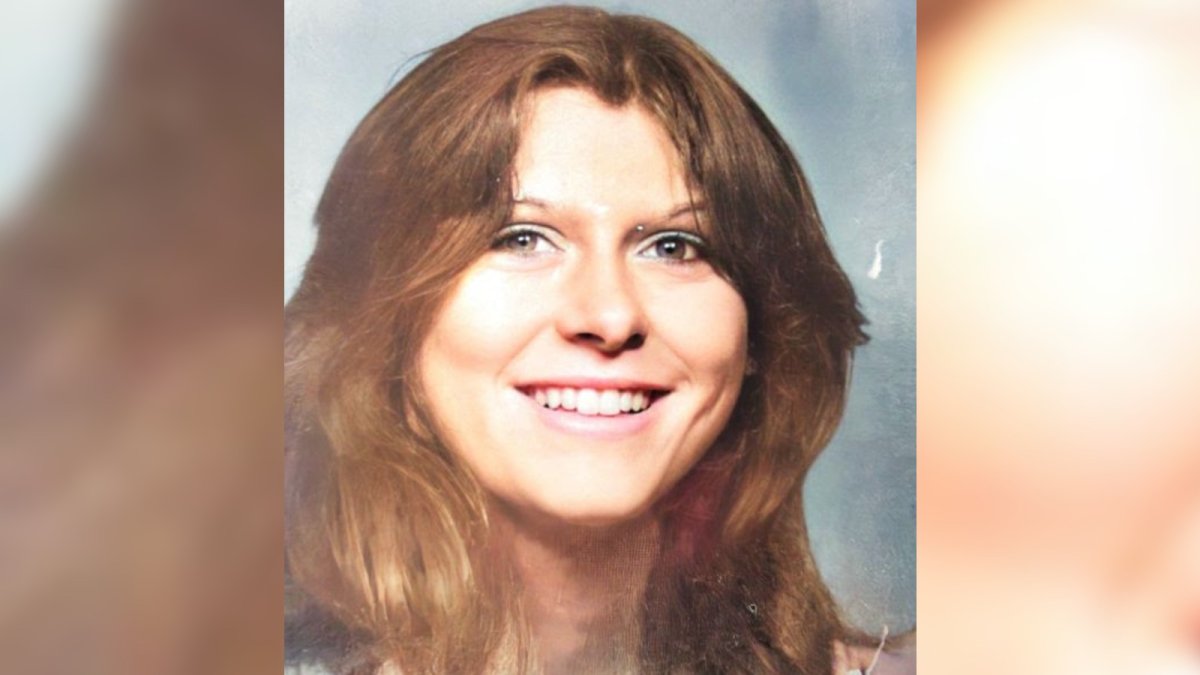Springrain
Who was she? Pregnant & stabbed to death
- Joined
- Oct 1, 2015
- Messages
- 4,697
- Reaction score
- 16,036
Yes, this isn't directed at your wonderful testing - I am just baffled at how many former Does have had such completely wrong stats from before identification. Marilee Bruszer used to be considered one whose stats were off (wrong age, height, weight, time of death), but the ones being identified lately have been far more off. We are lucky that genetic genealogy organizations are able to work these cases.There is a lot of uncertainty in anthropological analysis of ancestry. We don't use it at all. We will get the facts from DNA testing anyways.
To be clear, I am not judging these anthropologists and I know that there will always be human error. I just think it is important to consider other things when investigating skeletal remains.


